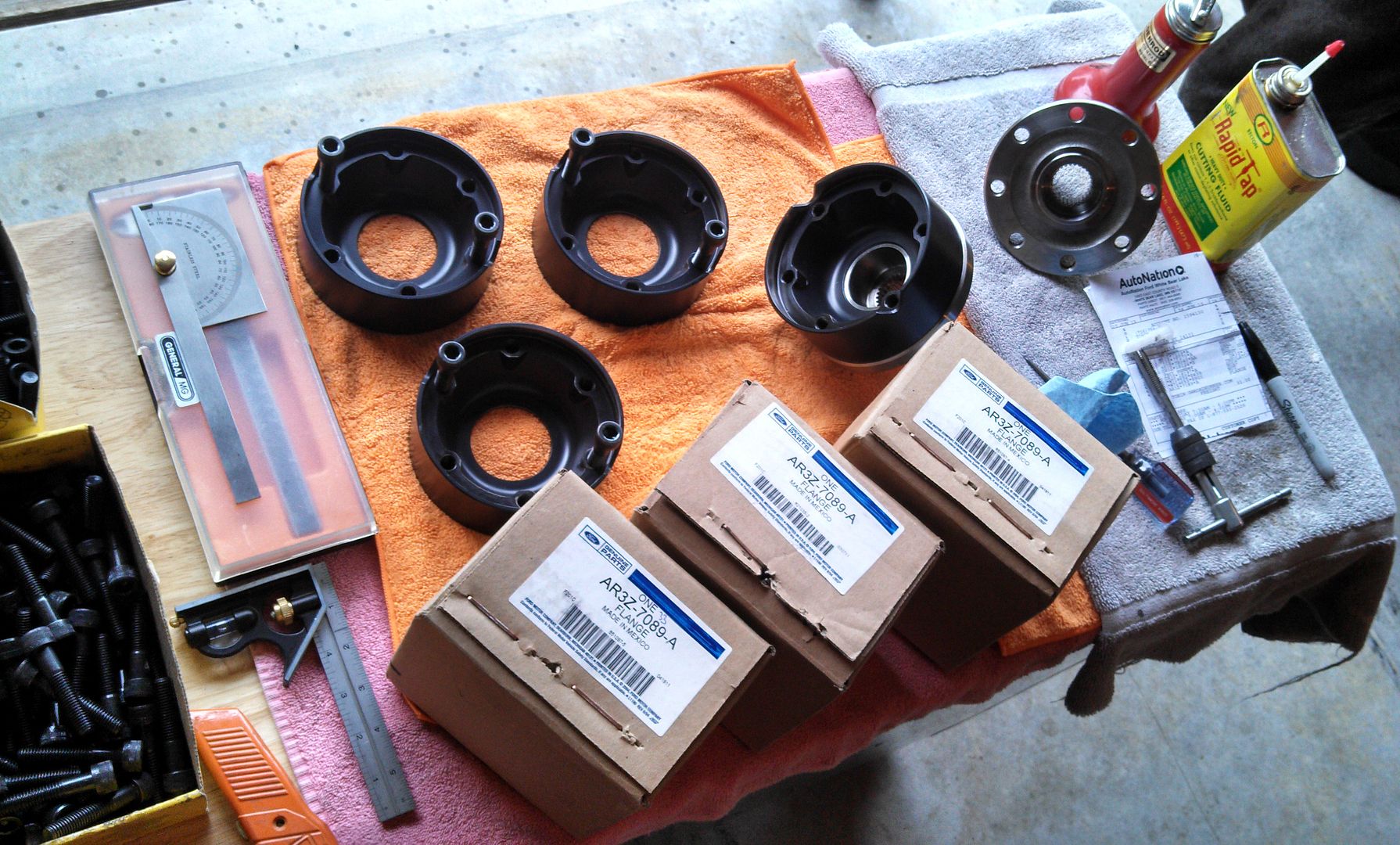Johnb-5.0
Well-Known Member
- Joined
- Jul 30, 2013
- Threads
- 10
- Messages
- 155
- Reaction score
- 28
- Location
- Kansas City Mo
- First Name
- John
- Vehicle(s)
- 2006 Volvo XC90 GT350
Jamal Hameedi stated they couldn't find a Carbon fiber driveshaft that was stiff enough. So is it possible that it may have negative effects with the operation of the dual mass flywheel?
Sponsored





